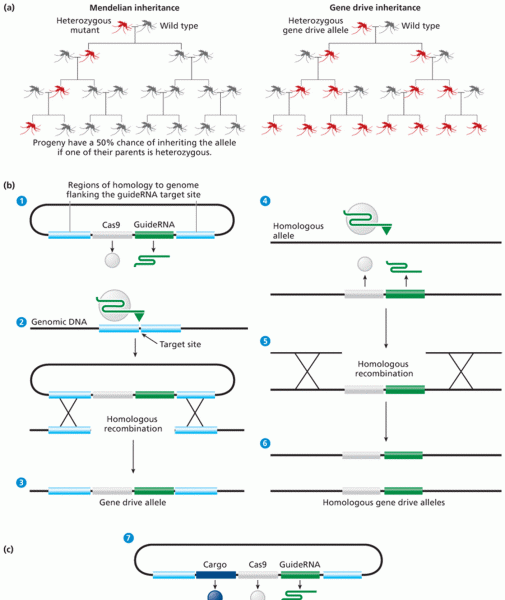|
|
|
Eat fiber! A diet high in fiber can help lower cholesterol levels by as much as 10%.
About 80% of major fungal systemic infections are due to Candida albicans. Another form, Candida peritonitis, occurs most often in postoperative patients. A rare disease, Candida meningitis, may follow leukemia, kidney transplant, other immunosuppressed factors, or when suffering from Candida septicemia.
By definition, when a medication is administered intravenously, its bioavailability is 100%.
All adverse reactions are commonly charted in red ink in the patient's record and usually are noted on the front of the chart. Failure to follow correct documentation procedures may result in malpractice lawsuits.
In inpatient settings, adverse drug events account for an estimated one in three of all hospital adverse events. They affect approximately 2 million hospital stays every year, and prolong hospital stays by between one and five days.
 Whenever a vehicle is raised off the ground, a safety stand should be placed under the frame, axle, ...
Whenever a vehicle is raised off the ground, a safety stand should be placed under the frame, axle, ...
 The target lambda on this vehicle is slightly lower than 1.0 indicating that the PCM is attempting ...
The target lambda on this vehicle is slightly lower than 1.0 indicating that the PCM is attempting ...




